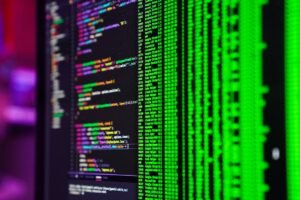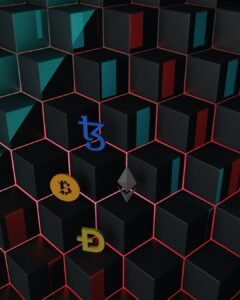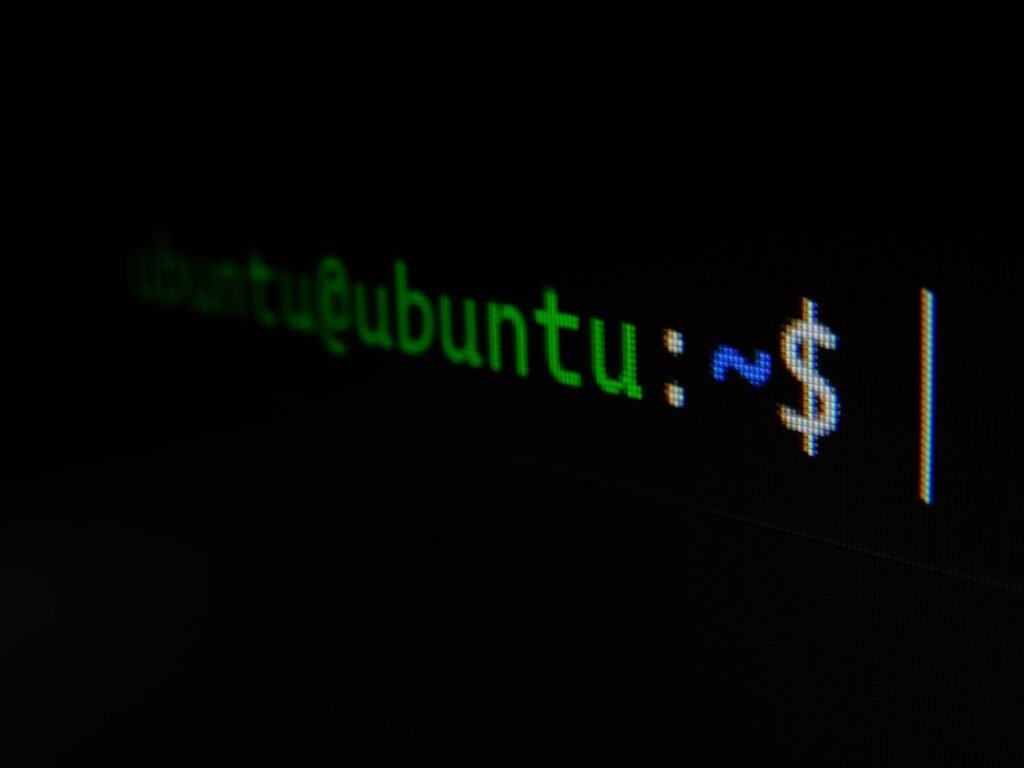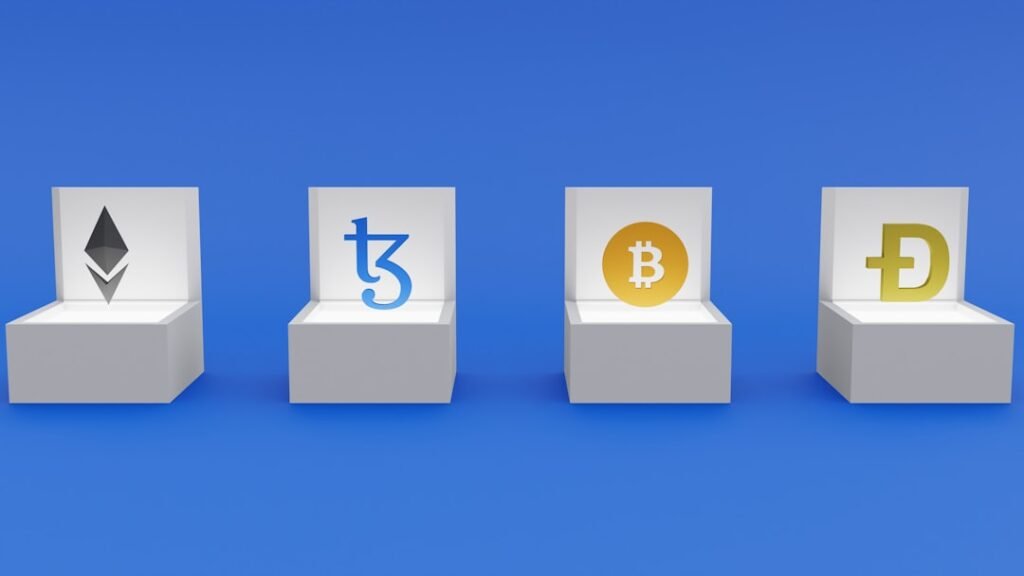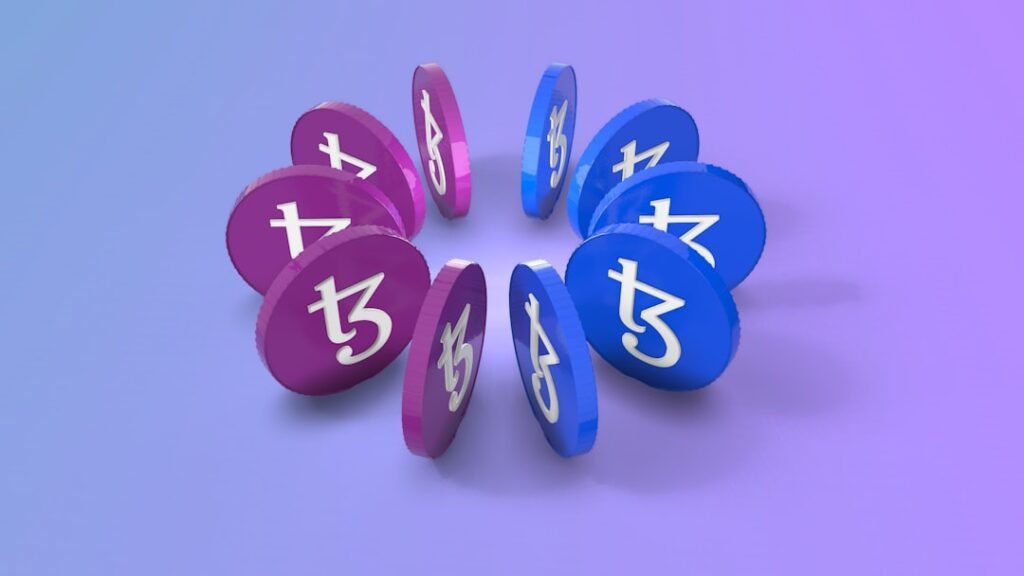Web 3.0: The Decentralized Internet Revolution
The internet has undergone radical transformations since its inception. From the static pages of Web 1.0 to the interactive platforms of Web 2.0, we now stand at the threshold of its most revolutionary phase: Web 3.0. This next evolution promises to fundamentally reshape digital interactions by decentralizing power, restoring user ownership, and creating trustless systems powered by blockchain technology. Unlike today's internet dominated by tech giants, Web 3.0 envisions a user-centric ecosystem where individuals control their data, identity, and digital assets.
What Exactly Is Web 3.0?
Web 3.0 represents the third generation of the internet—a decentralized architecture built on peer-to-peer networks rather than centralized servers. Its core principles include:
- Decentralization: Eliminating single points of control
- User Ownership: Returning data sovereignty to individuals
- Trustless Interactions: Enabling direct transactions via blockchain
- Tokenized Economies: Creating user-aligned incentive systems
- 互操作性: Seamless movement of assets across platforms
This paradigm shift moves us from an internet controlled by corporations (Web 2.0) to one governed by distributed networks and community consensus.
The Internet's Evolution: From Static Pages to User Sovereignty
Web 1.0 (The Static Web | 1990s–Early 2000s)
- Read-only HTML pages
- No user interaction or dynamic content
- Examples: Basic informational sites like early Yahoo
Web 2.0 (The Social Web | Mid-2000s–Present)
- User-generated content and interactivity
- Centralized platforms (Facebook, YouTube, Amazon)
- Data monetization by corporations
- Limited user control over personal information
Web 3.0 (The Decentralized Web | Emerging Now)
- Blockchain-powered peer-to-peer networks
- True digital ownership (data, assets, identity)
- Token-based economies and governance
- Examples: Ethereum, DeFi protocols, NFT marketplaces
Core Technologies Powering Web 3.0
1. Blockchain: The Backbone
A distributed, immutable ledger ensuring:
- 透明度: All transactions publicly verifiable
- 安全性: Cryptographic protection against tampering
- Decentralization: No central authority controlling data
Leading platforms: Ethereum, Solana, Polkadot
2. Smart Contracts
Self-executing code that automates agreements:
- Enables decentralized applications (dApps)
- Powers DeFi lending/borrowing without banks
- Governs DAO operations
3. Decentralized Finance (DeFi)
Financial services without intermediaries:
- Peer-to-peer lending (Aave, Compound)
- Decentralized exchanges (Uniswap)
- Yield farming and staking
4. Non-Fungible Tokens (NFTs)
Unique blockchain-based assets representing ownership of:
- Digital art and collectibles
- Virtual real estate
- Music royalties and licensing
5. Decentralized Autonomous Organizations (DAOs)
Community-governed entities:
- Decisions via token-holder voting
- Treasury management through smart contracts
- Examples: MakerDAO (governs DAI stablecoin)
Real-World Web 3.0 Applications Changing Industries
💰 Decentralized Finance (DeFi)
平台,例如 Uniswap 和 Aave enable users to trade assets, earn interest, and access loans without banks—handling billions in transactions monthly.
🎨 Creator Economies & NFTs
Artists like Beeple tokenize work as NFTs, selling directly to collectors. Brands like Nike use NFTs for digital sneakers, while musicians tokenize album rights.
🎮 Play-to-Earn Gaming
Games like Axie Infinity let players own in-game assets (NFTs) and earn cryptocurrency through gameplay—creating new income streams globally.
🤝 DAO-Driven Governance
Organizations like CityDAO collectively purchase real-world land using blockchain-based governance, demonstrating decentralized resource management.
🔗 Supply Chain Transparency
Companies use blockchain to track goods from farm to shelf, ensuring ethical sourcing and reducing fraud (e.g., food safety verification).
📱 Decentralized Social Media
平台,例如 Mastodon 和 Minds reward creators with crypto, eliminate centralized censorship, and return data control to users.
How Web 3.0 Will Transform Your Digital Life
-
True Digital Ownership
- Own in-game items, digital art, or virtual land as transferable NFTs
- Control personal data through self-sovereign identity systems
-
User-Aligned Monetization
- Earn crypto for attention (Brave Browser’s BAT tokens)
- Creators receive direct payments via tokens—no platform middlemen
-
Censorship-Resistant Platforms
- Social networks governed by users, not corporations
- Content moderation via decentralized voting
-
Borderless Work Opportunities
- DAOs hire talent globally without geographic constraints
- Developers earn crypto for open-source contributions
-
Interoperable Digital Identity
- Portable reputation scores and credentials across platforms
- Single sign-on for dApps via crypto wallets like MetaMask
Challenges on the Road to Adoption
Despite its promise, Web 3.0 faces hurdles:
- 擴充性: Blockchains must handle millions of transactions/sec
- 使用者體驗: Complex wallet setups deter non-technical users
- Regulatory Uncertainty: Governments struggle to classify DeFi/DAOs
- Security Risks: Vulnerabilities in smart contracts can lead to exploits
- Energy Consumption: Proof-of-Work blockchains require sustainable alternatives
The Future: Where Web 3.0 Is Headed
Key trends accelerating development:
- Layer-2 Solutions: Protocols like Polygon boost Ethereum’s speed
- Metaverse 整合: Virtual worlds (Decentraland) blending with DeFi/NFTs
- Zero-Knowledge Proofs: Enhancing privacy on public blockchains
- AI Synergy: Machine learning optimizing DAO governance and dApp personalization
- Mainstream Bridges: PayPal and Visa exploring crypto integrations
Industry leaders like Ubisoft (NFT gaming) and Reddit (community tokens) are already experimenting with Web 3.0 models, signaling inevitable convergence with traditional tech.
FAQs: Demystifying Web 3.0
Q: What’s a simple Web 3.0 definition?
A: A decentralized internet where users control data/assets via blockchain—replacing corporate intermediaries with code and community governance.
Q: Real-world example?
A: Decentraland—a virtual world where users own NFT-based land, build businesses, and earn cryptocurrency.
Q: Is Web 3.0 just crypto?
A: No. Cryptocurrencies facilitate transactions, but Web 3.0 includes DeFi, NFTs, DAOs, and decentralized storage/networking.
Q: How does AI fit in?
A: AI enhances Web 3.0 (e.g., smart content curation) but isn’t core—decentralization and user ownership define it.
Q: Will Web 3.0 replace Web 2.0?
A: Not immediately. Hybrid models will emerge, but Web 3.0’s ownership advantages make disruption inevitable in gaming, finance, and social media.
Conclusion: The Inevitable Shift
Web 3.0 isn’t a distant fantasy—it’s unfolding now. By returning ownership to users, enabling permissionless innovation, and creating user-aligned economies, it addresses Web 2.0’s core flaws: exploitation of data, centralized control, and platform dependency. While challenges remain, the pace of development in DeFi, NFTs, and DAOs proves this isn’t merely theoretical. As blockchain scalability improves and user experiences simplify, the decentralized web will redefine how we create, interact, and transact online. The revolution won’t be centralized—it’ll be in your wallet.

